Story
A Bridge to Community
Voices for Racial Justice’s BRIDGE partnership works collaboratively to reunite incarcerated citizens with community
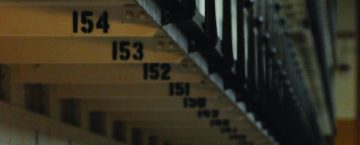
Huddled around a rectangular wooden table in a third-story room above East Franklin Avenue in Minneapolis is an intense multi-racial group confronting a serious challenge.
Their aim: to repair the tattered racial justice infrastructure in Minnesota, and specifically, to build a structural connection between imprisoned individuals and their communities.
This is a radical notion. A common narrative is that prison is punishment for transgressive criminal behavior, and part of that punishment is to endure relative isolation with humility and grace. As the saying goes, if you commit the crime, you must do the time, and some even believe that ostracism after prison is part of that equation.
But a growing movement to improve connections between prisoners — a disproportionate number of whom are people of color — and their communities is emerging. Likewise, many organizations now believe that incarcerated individuals must receive fair and equitable treatment inside and outside of prison to improve the health and welfare of the larger community of which they are a part. This focus on true rehabilitation is crucial to helping individuals succeed after they are released and breaking the cycle of recidivism.
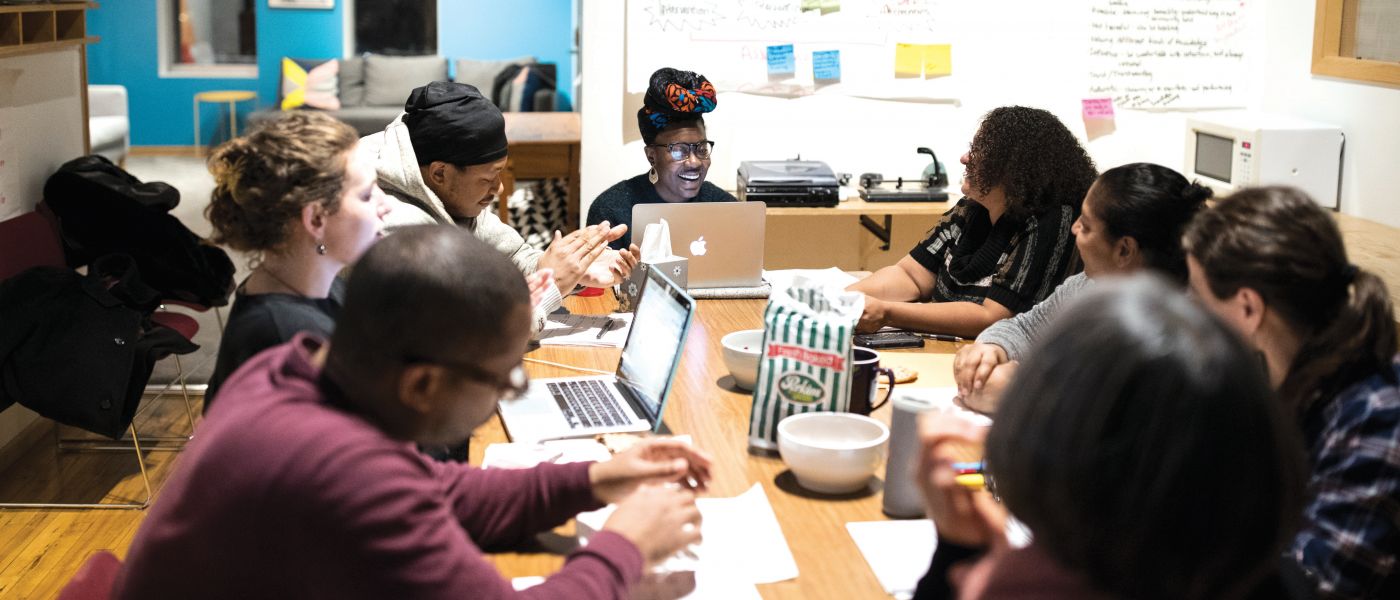
The BRIDGE, a program supported by Voices for Racial Justice (VRJ), is a partnership of currently incarcerated individuals, family members and community organizations determined to promote just and equitable treatment for prisoners. The program works to amplify the voices of the incarcerated so they can be heard by everyone, including policy makers.
Created by Kevin Reese while he was incarcerated at Lino Lakes Correctional Facility, the BRIDGE partnership came about because Reese heard a radio program about prison justice featuring VRJ’s Executive Director Vina Kay. (Read a profile of Kevin Reese.)
“What I didn’t know is that Kevin was listening in prison, and he later said that hearing the program was like oxygen to him,” says Kay. “He told me, ‘If you are doing work like this out in the community, then I should be doing it in here, too.’ What Kevin was hungry for from the beginning was this bridge from prison to the community.”
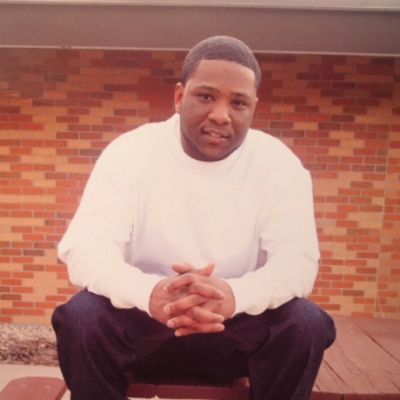
Reese’s involvement exemplifies the kind of radical inclusiveness that the Bush Foundation seeks and rewards through its Community Innovation grant program, through which the Foundation awarded the BRIDGE a $200,000 grant in 2016.
It is especially novel that Reese is collaborating with VRJ while still in prison, ensuring that his voice and others that are often muffled or ignored, are primary in creating an authentic community-based solution. Centering the voices of those most directly impacted by mass incarceration — in this case, prisoners and their families — is an essential element to collaborative and inclusive problem solving.
A Healthy Collaboration
Currently, VRJ and the BRIDGE are working with various stakeholders in pursuit of an elusive dream: that the health and well-being of incarcerated people does not deteriorate, and possibly even improves, while people are in prison. They are conducting a deep dive into health equity issues for prisoners, and with additional financial support from the Blue Cross and Blue Shield of Minnesota Foundation and the Minnesota Department of Health (MDH), the group is preparing a community-led report on its findings.
MDH and VRJ have collaborated before. When MDH published its findings in 2014 showing that structural racism is an animating force behind many healthcare disparities in Minnesota, VRJ was in the background. The organization supplied important community-based details to MDH and, according to Kay, “We felt like a lot of our work had been vindicated by the report. It is gratifying whenever a government entity acknowledges something like structural racism, which we have worked so hard to bring attention to.”
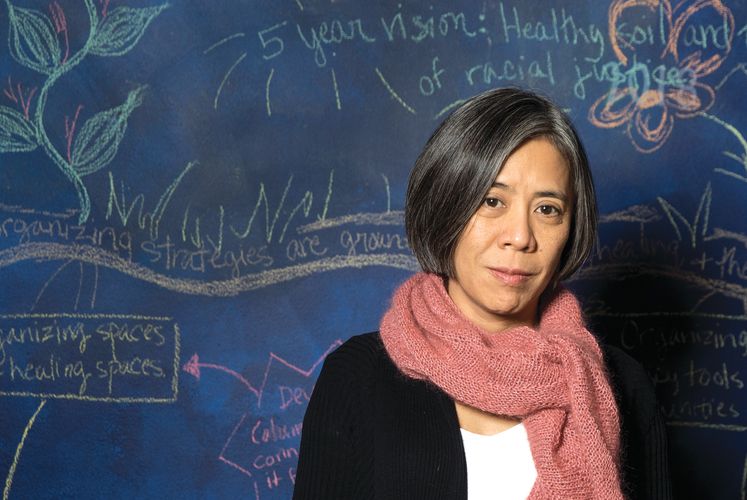
Mohamed Hassan, a grant manager at MDH’s Center for Health Equity, says that VRJ’s effectiveness is driven by its approach. “What’s unique about VRJ’s work is that all research, programming and policy recommendations are driven by and for community. Because of this, they are able to hear from and partner with community members in a way that a government agency could not do alone.”
While that is certainly true, VRJ’s greatest asset may be its ability to work as a cultural translator between individuals impacted by life and death issues, communities with a stake in those issues and policy-making organizations like MDH. This kind of work requires time and patience to build and maintain relationships on all sides, plus great sensitivity to potential pitfalls. Achieving alignment between the goals of a state agency and the aspirations of incarcerated individuals can be like walking a tightrope: It is only possible through a combination of humility, in-depth experience and street moxie.
Hassan emphasizes that, “As with many of our community partners, it has taken a number of years and intentional relationship building to build trust between MDH and the community. VRJ’s emphasis on collaboratively engaging with community members to co-create solutions to inequities and being accountable to their community is a critical part of why their approaches are effective.”
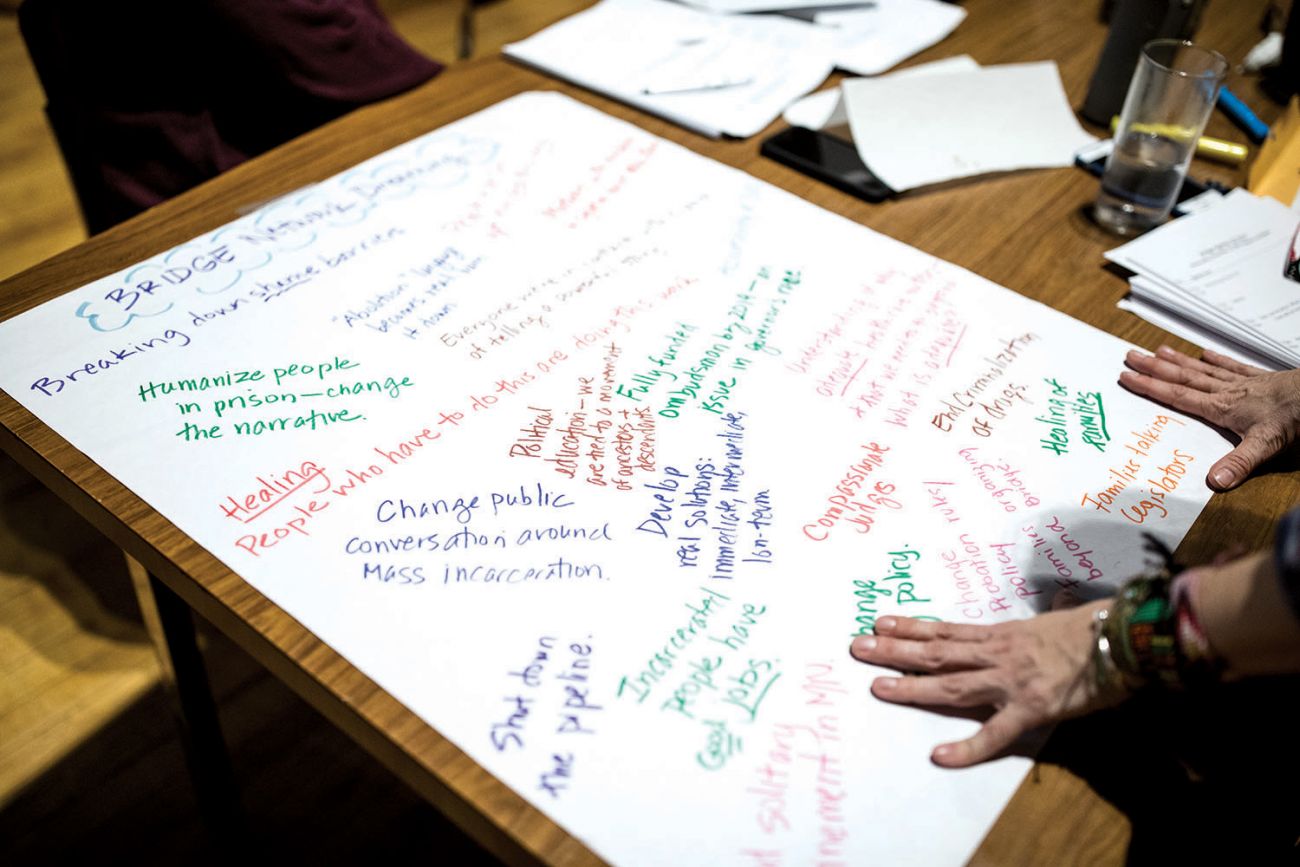
Although the main goal of the health equity report is to improve the health of all prisoners by shining a spotlight on the experiences of those impacted by incarceration, the legacy of this work may be the sophisticated network that has grown out of VRJ’s approach. Because it is based on trust that links disparate groups together in a major problem-solving effort, that network can be cultivated and leveraged again and again to give voice to those who need and deserve a hearing on other issues.
Community Workshops
Given the lasting harm incarceration can do, creating a pathway out of prison and into a better future seems like a common-sense idea. Everyone wins, including society, and the breech created by the cycle of criminality, incarceration and the depletion of communities is effectively healed. At least, that’s how it is supposed to work.
But nothing involving the criminal justice system is easy, especially when it concerns inmates. Kay remembers that when VRJ began to work inside Minnesota prisons. “We originally tried to start a program that involved a series of meetings with incarcerated men on a regular basis, but we kept getting turned down. Finally, we asked for a one-day workshop, and that’s what we got,” Kay says.
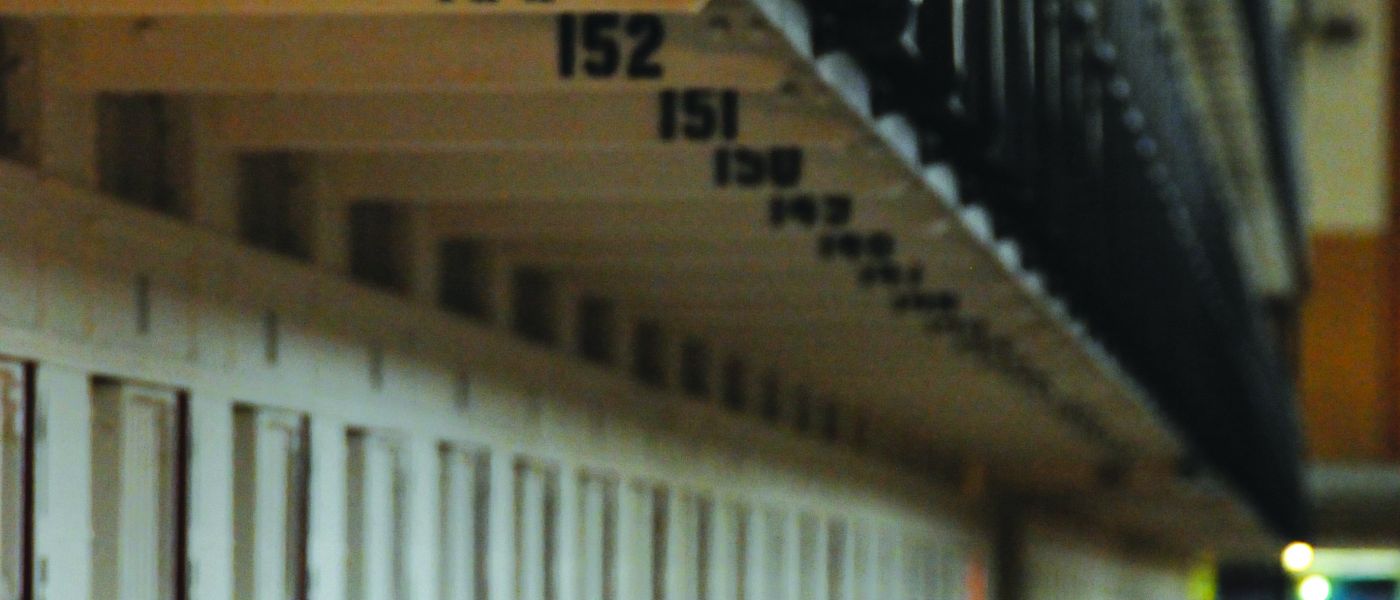
Despite months of planning, crucial emails from VRJ to the Minnesota Department of Corrections (DOC) were lost, and someone from the agency called a few days before the scheduled meeting to say that the gathering would have to be canceled.
“I said, ‘Are you telling me I am going to have to call all of the people we have coming to this meeting, people who have put this on their schedule and planned to be there, and say that the meeting is not going to happen?’” Kay’s gentle irritation bleeds through as she recounts this discussion, but nothing seems to shake her dogged optimism. She is patient, well-informed and skilled at speaking to different points of view.
Her pointed question caused the DOC to rethink its approach and, in the end, all sides agreed. On October 1, 2014, legislators, community activists, artists and thought leaders met with dozens of incarcerated men at Lino Lakes Correctional Facility, just as planned. As it turned out, the inmates had a great deal to say about their living conditions, emotions, families and the sense of disconnection many felt. A second all-day workshop was held on January 13, 2016, and the community visitors, which included DOC Commissioner Tom Roy and then-Lieutenant Governor Tina Smith, again heard directly from incarcerated men about how they experienced prison and what they hoped for both inside and upon their return to their communities.
Advocating Rights
In addition to studying healthcare inequities and organizing meetings between community members, government leaders and incarcerated people, the BRIDGE has led collaborative letter writing campaigns with groups advocating voting rights restoration, capping prison phone rates and advancing employment opportunities. The program has also convened families of incarcerated individuals to help organize, research and create policy strategies to address their needs and those of their loved ones.
Through the BRIDGE program, VRJ has worked on issues such as “Ban the Box,” a policy approach intended to end the practice in many states that requires former prisoners to check a box on job applications indicating they have been convicted of a felony. Such disclosures often deprive former prisoners of equal economic opportunity because employers may be reluctant to hire someone with a criminal record. What’s more, the inability to find gainful employment after prison is correlated with increased recidivism rates.
In 2013 Minnesota “banned the box,” says Kay, “but there is still more to be done to open up opportunities for employment to those with a criminal record.” Enforcement, it seems, remains a challenge: Some companies are using old employment applications, while others say they didn’t realize the law was in effect. Plus, potential employers can still inquire about a criminal record during the interview process, which can then cut off the possibility of employment. VRJ is working to close these loopholes and increase employment opportunities for those who have been incarcerated.
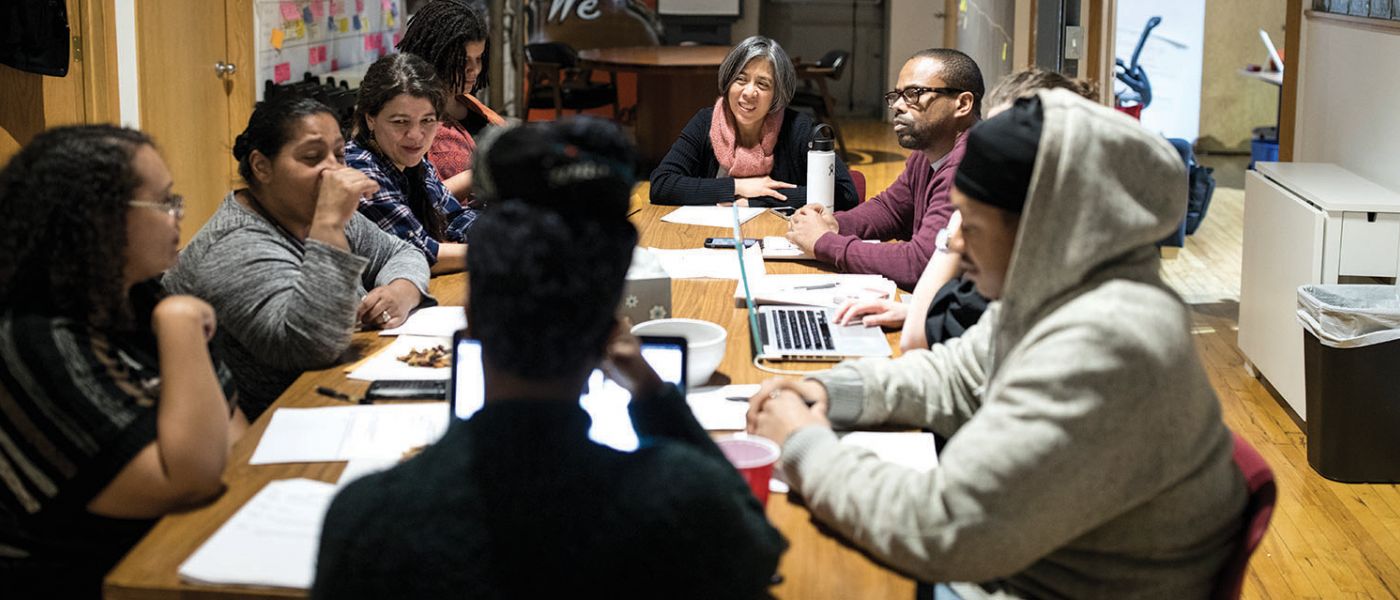
Choosing Optimism
VRJ’s work can, at times, be soul-crushing. Yet, as the lively and strong-willed individuals around the wooden table — including not just VRJ staff, but also formerly incarcerated people and family members of those currently in prison — plot their next move, they exchange smiles, high-fives and plenty of exuberant laughter. In fact, they often share a meal together and seem more like a family than colleagues. While the undercurrent in the room can be sad, the dominant emotions are optimism and joy.
These dedicated collaborators understand that the work of changing the mass incarceration system must happen both inside and outside prison walls. In their offices and out in their communities, they formulate policy initiatives, engage with community members, and reach out to forge alliances with as many allies as possible.
Inside prison walls, different rules apply, including some that make a mockery of rehabilitation. Strict rules against touching visitors can be selectively enforced to deny prisoners human contact, and some are even demeaned or abused. These are challenges that the public hears about but does not see — or that don’t fit the standard narrative about prisoners. Changing that narrative so that prisoners are viewed as human beings is part of VRJ’s long-term challenge.
Kay, who grew up in Omaha, Nebraska, and is the daughter of Thai immigrants, knows that transforming the system takes a toll on the individuals doing the work, especially those whose lives are directly affected by that system. But she, other VRJ staff and their community partners find deep personal meaning in their work.
Mónica Hurtado, VRJ racial justice and health equity organizer, explained that she is engaged in this work for personal reasons. “I grew up in Colombia, where I experienced the challenges of a longer than 60-year-old civil war, internal displacement, poverty and mental health issues in my family,” she says. “One of my brothers has bipolar disorder and has been incarcerated at different points in his life. Working with incarcerated individuals and other members of the community directly affected by incarceration has been an amazing opportunity to connect my work with my own story. It has been such a challenging, powerful and healing experience.”
Beyond that, Kay notes, “As Kevin has told us, the work of envisioning and organizing for something different can be life-giving to those facing the oppression of incarceration. The partnership and trust of the Bush Foundation have given us the space to dream, learn, make mistakes and continually grow.”
Continue reading
-

Story
Initiating changemakers
How the Initiators Fellowship supports business enterprises that prioritize social and environmental good throughout Greater Minnesota.
-

Note from Jen
Note from Jen: Acknowledging and learning from the boarding school era
The Bush Foundation was invited to the gathering at Gila River...
-

News
Meet the 2024 Bush Prize winners!
Bush Prize winners are doing big things in partnership with their communities.